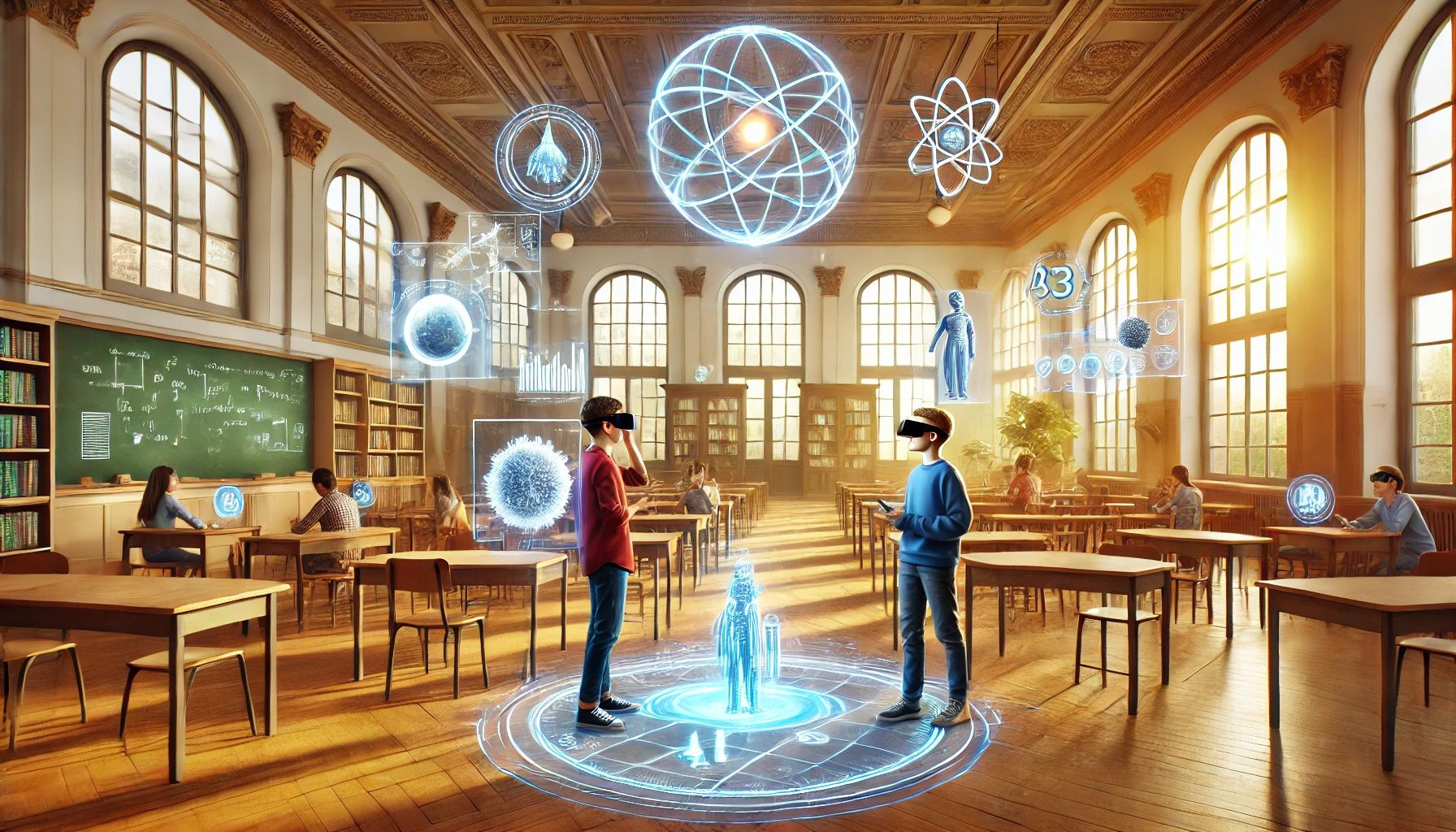Augmented Reality, or AR, uses technology to blend virtual objects into the real world. For example, with AR, students can use their tablets or smartphones to scan a picture in a book, and that image may turn into a 3D model they can explore
EverythingOk
Everything You Need

